The Pivotal Role Movement Plays in Learning
A Principal's Reflections
SEPTEMBER 23, 2018
The best part is the conversations that I get to have with learners, especially at the elementary level. Then there is the practicality of being able to work with both administrators and teachers at the ground level to improve pedagogy and, in turn, student outcomes. Case in point. Recently I was conducting learning walks in Edward K.



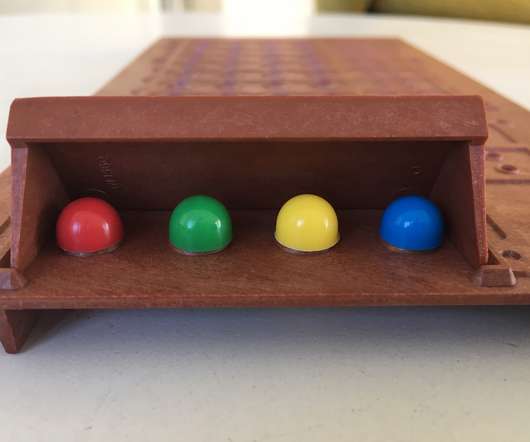

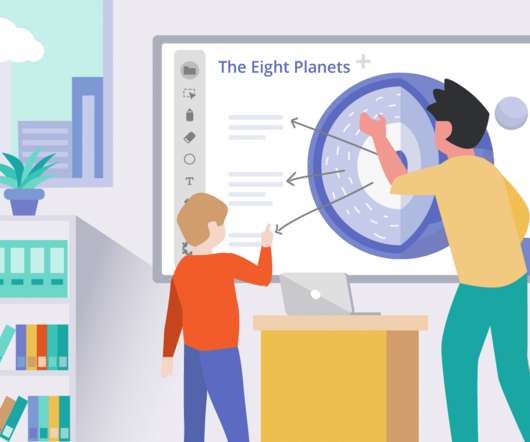
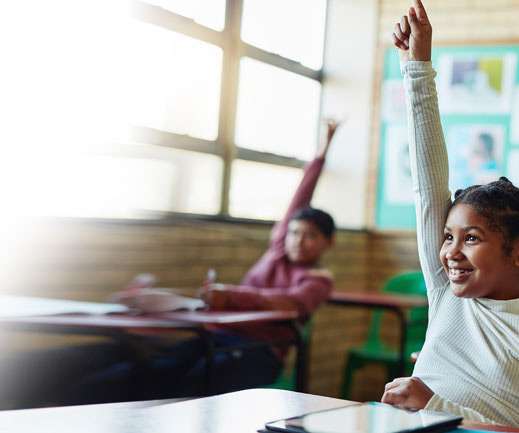



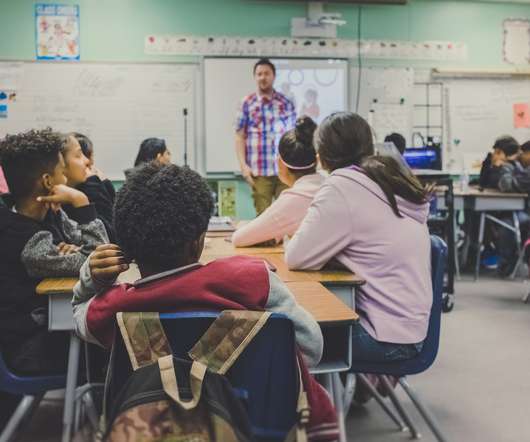


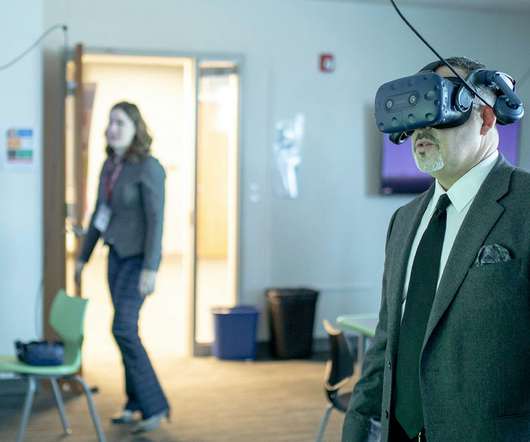




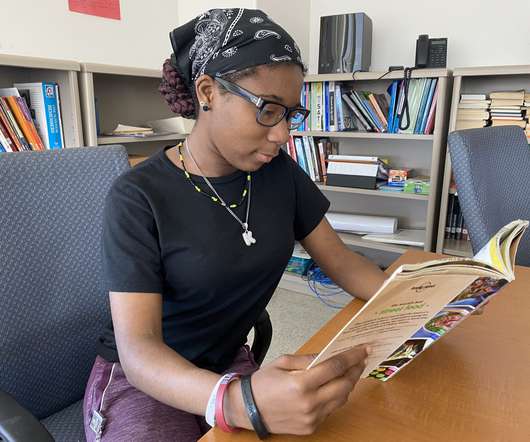
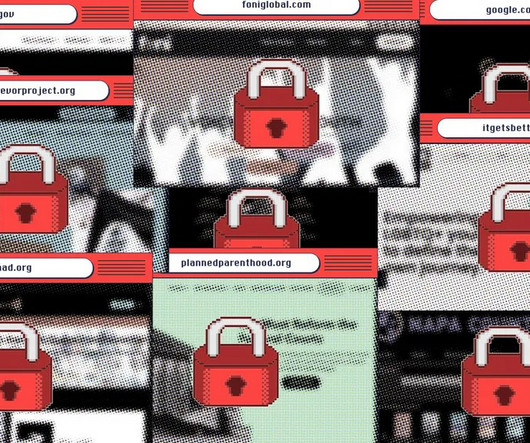









Let's personalize your content